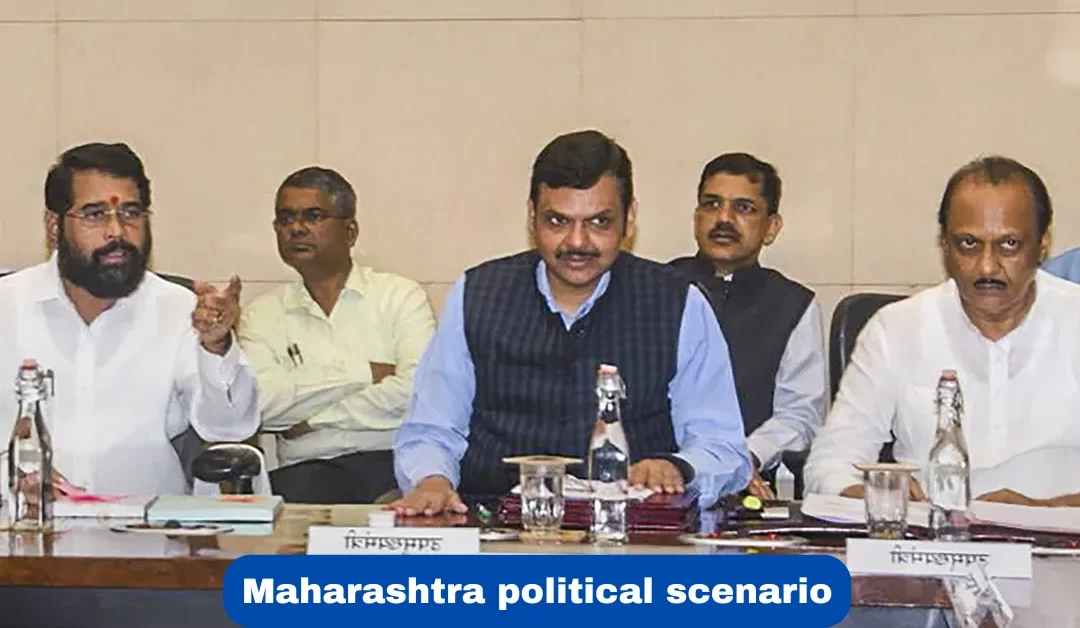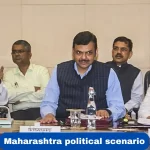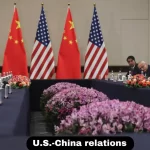NDA Leads in Maharashtra; Jharkhand Sees Tight Contest: Exit Poll Analysis
Recent exit polls predict significant political shifts in Maharashtra and Jharkhand, two crucial states in India’s political landscape. While the ruling NDA appears to have a comfortable lead in Maharashtra, the situation in Jharkhand is far more complex, with a potential split verdict.
Maharashtra: A Complex Political Battle
Exit polls indicate that the NDA, led by the ruling alliance of Eknath Shinde’s Shiv Sena, Ajit Pawar’s NCP, and the BJP, is poised to win around 150 seats in Maharashtra’s 288-member assembly. Their main opposition, the Maha Vikas Aghadi (MVA)—a coalition of Uddhav Thackeray’s Shiv Sena faction, Sharad Pawar’s NCP faction, and the Congress—is expected to secure approximately 125 seats. The majority mark to form the government is 145 seats.
Maharashtra’s political landscape has been turbulent over the past two years, with dramatic splits in the Shiv Sena and NCP leading to shifting alliances. This instability has made predicting the election outcome particularly challenging. Pollsters are divided, with some predicting a hung assembly and others favoring the NDA.
While Uddhav Thackeray and Sharad Pawar enjoy public sympathy following the political upheaval, the NDA’s welfare schemes, such as “Ladli Behen,” which provide financial support to women, may have swayed voters, especially women, in their favor. These factors contribute to the uncertainty surrounding the final outcome.
Jharkhand: A Divided Opinion Among Pollsters
In Jharkhand, the contest is neck-and-neck. The ruling alliance of the Jharkhand Mukti Morcha (JMM) and Congress faces stiff competition from the NDA. Aggregated exit polls suggest the NDA might win 39 seats, just shy of the 41-seat majority in the 81-member assembly, while the INDIA bloc could secure 38 seats.
Some polls, like Chanakya Strategies and People’s Pulse, predict a clear NDA victory, with estimates ranging from 40 to 53 seats. On the other hand, Axis My India and Electoral Edge foresee a win for the INDIA bloc. A few pollsters predict a hung assembly, adding to the uncertainty.
In the 2019 assembly elections, the JMM-led alliance won a majority, with significant support from tribal communities. However, this time, allegations of corruption against Chief Minister Hemant Soren and the BJP’s accusations of non-performance against the ruling alliance could influence the outcome.
Key Challenges for Pollsters
The political dynamics in both states have left pollsters puzzled. In Maharashtra, the splintering of major parties like the Shiv Sena and NCP has created confusion among voters, as factions compete for the same support base. Meanwhile, in Jharkhand, the tribal vote, which played a decisive role in 2019, remains a crucial factor. Welfare schemes like JMM’s “Maiya Samman Yojana” and BJP’s promise of better governance will likely sway this voter segment.
Why Exit Polls May Be Unreliable
Exit polls are not always accurate. In recent elections, such as Haryana’s, poll predictions have been off the mark. This variability highlights the difficulty in assessing voter sentiment, especially in states with diverse political landscapes like Maharashtra and Jharkhand.































